Grow Strawberries Easy Steps – sounds tempting, right? Imagine plucking juicy, sun-ripened strawberries straight from your own backyard! For centuries, cultivating strawberries has been a cherished tradition, from ancient Roman gardens to the sprawling strawberry fields we know today. But you don’t need acres of land to enjoy this delicious fruit.
I’m here to tell you that growing your own strawberries is easier than you think, even if you’re a complete beginner. Forget those expensive, often tasteless, supermarket berries. With a few simple tricks and DIY hacks, you can have a thriving strawberry patch bursting with flavor.
This article is your ultimate guide to grow strawberries easy steps, offering practical advice and clever solutions to common gardening challenges. We’ll cover everything from choosing the right variety to protecting your precious berries from pests. So, grab your gardening gloves, and let’s embark on this sweet adventure together! You’ll be amazed at how rewarding it is to nurture your own little strawberry paradise.
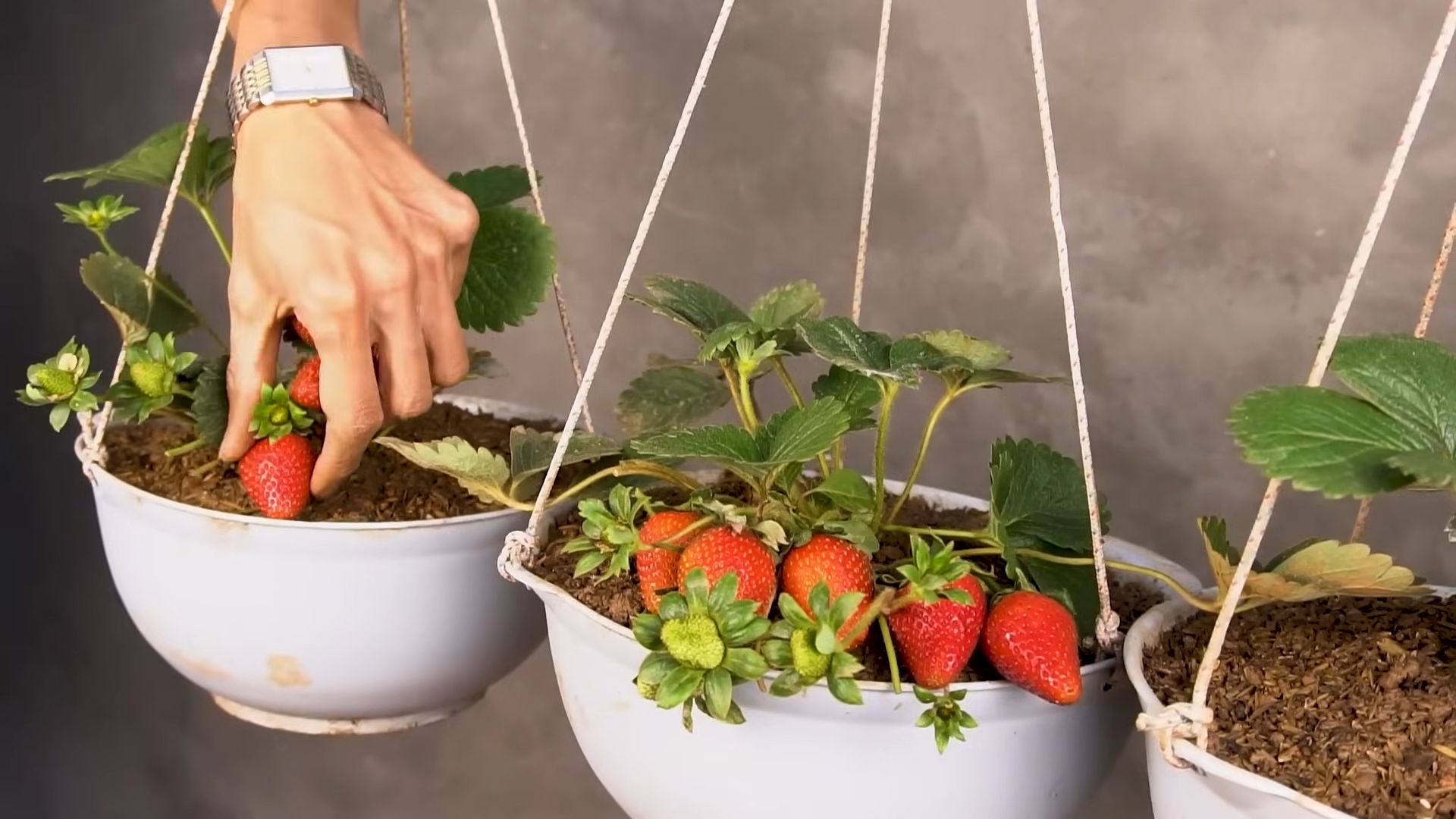
Grow Strawberries Like a Pro: My Foolproof Guide
Hey there, fellow gardening enthusiasts! I’m so excited to share my tried-and-true method for growing delicious, juicy strawberries right in your own backyard (or even on your balcony!). Forget those bland, store-bought berries – with a little effort, you can enjoy the sweet taste of homegrown goodness. This guide is packed with all the tips and tricks I’ve learned over the years, so get ready to become a strawberry-growing superstar!
Choosing the Right Strawberry Variety
Before we dive into the nitty-gritty, let’s talk about strawberry varieties. Not all strawberries are created equal, and choosing the right one for your climate and growing conditions is crucial for success. Here’s a quick rundown of the main types:
* **June-Bearing:** These varieties produce one large crop of strawberries in the spring, typically in June (hence the name!). They’re great for making jams and preserves since you’ll have a lot of berries at once. Some popular June-bearing varieties include ‘Chandler,’ ‘Honeoye,’ and ‘Earliglow.’
* **Everbearing:** Don’t let the name fool you – everbearing strawberries don’t produce fruit continuously. Instead, they produce two or three crops throughout the growing season, typically in spring, summer, and fall. They’re a good choice if you want a steady supply of berries over a longer period. ‘Ozark Beauty’ and ‘Seascape’ are popular everbearing varieties.
* **Day-Neutral:** These varieties are similar to everbearing strawberries, but they’re less sensitive to day length. They’ll produce fruit throughout the growing season as long as the temperature is right. ‘Albion’ and ‘San Andreas’ are excellent day-neutral choices.
Consider your local climate and growing space when choosing a variety. Check with your local nursery or extension office for recommendations on the best varieties for your area.
Preparing Your Strawberry Bed
Strawberries need a sunny spot with well-drained soil. They thrive in slightly acidic soil with a pH between 5.5 and 6.5. Here’s how I prepare my strawberry bed:
1. **Choose a Sunny Location:** Strawberries need at least 6-8 hours of sunlight per day. Pick a spot in your garden that gets plenty of sunshine.
2. **Test Your Soil:** Use a soil testing kit to determine the pH of your soil. You can find these kits at most garden centers. If your soil is too alkaline, you can amend it with sulfur or peat moss to lower the pH.
3. **Amend the Soil:** Strawberries love well-drained, fertile soil. Amend your soil with plenty of compost or well-rotted manure. This will improve drainage, add nutrients, and help retain moisture. I usually add a 2-3 inch layer of compost to my strawberry bed.
4. **Remove Weeds:** Weeds compete with strawberries for nutrients and water, so it’s important to remove them before planting. Hand-pull any weeds you see, and consider using a pre-emergent herbicide to prevent new weeds from sprouting.
5. **Create Raised Beds (Optional):** Raised beds are a great way to improve drainage and warm the soil faster in the spring. If your soil is heavy clay, consider building raised beds for your strawberries.
Planting Your Strawberry Plants
Now for the fun part – planting your strawberry plants! You can purchase strawberry plants as bare-root plants or as potted plants. Bare-root plants are typically cheaper, but they require a little more care.
1. **Soak Bare-Root Plants:** If you’re using bare-root plants, soak them in water for about 30 minutes before planting. This will help rehydrate the roots.
2. **Dig Holes:** Dig holes that are large enough to accommodate the roots of your strawberry plants. Space the holes about 12-18 inches apart for June-bearing varieties and 8-12 inches apart for everbearing and day-neutral varieties.
3. **Plant the Plants:** Carefully remove the plants from their containers (if using potted plants) or gently spread out the roots of the bare-root plants. Place the plants in the holes, making sure that the crown (the point where the roots meet the stem) is at soil level. Don’t bury the crown, as this can cause the plant to rot.
4. **Backfill and Water:** Backfill the holes with soil, gently firming it around the plants. Water thoroughly after planting.
5. **Mulch:** Apply a layer of mulch around your strawberry plants. Mulch helps retain moisture, suppress weeds, and keep the berries clean. I like to use straw, but you can also use wood chips, pine needles, or shredded leaves.
Caring for Your Strawberry Plants
Once your strawberry plants are in the ground, it’s important to provide them with the care they need to thrive.
1. **Watering:** Strawberries need consistent moisture, especially during fruit production. Water deeply whenever the top inch of soil feels dry. Avoid overhead watering, as this can promote fungal diseases. Drip irrigation is the best way to water strawberries.
2. **Fertilizing:** Fertilize your strawberry plants in the spring and again after the first harvest. Use a balanced fertilizer that’s specifically formulated for strawberries. Follow the instructions on the fertilizer package.
3. **Weeding:** Keep your strawberry bed free of weeds. Hand-pull any weeds you see, and reapply mulch as needed.
4. **Pest and Disease Control:** Strawberries can be susceptible to various pests and diseases, such as aphids, spider mites, and fungal diseases. Inspect your plants regularly for signs of problems. If you notice any pests or diseases, treat them promptly with an appropriate insecticide or fungicide. I prefer to use organic pest control methods whenever possible.
5. **Renovating June-Bearing Strawberries:** After your June-bearing strawberries have finished producing fruit, it’s important to renovate the bed. This involves mowing the plants down to about 1 inch above the ground and thinning out the runners. Renovating your strawberry bed will help promote healthy growth and increase fruit production in the following year.
Protecting Your Strawberries from Pests and Animals
One of the biggest challenges of growing strawberries is protecting them from pests and animals. Birds, slugs, and squirrels are all notorious for stealing strawberries. Here are some tips for keeping your berries safe:
* **Netting:** Cover your strawberry plants with netting to protect them from birds. Make sure the netting is securely fastened to the ground so that birds can’t get underneath it.
* **Slug Bait:** Use slug bait to control slugs and snails. Place the bait around the perimeter of your strawberry bed.
* **Fencing:** Install a fence around your strawberry bed to keep out larger animals, such as squirrels and rabbits.
* **Companion Planting:** Plant herbs like rosemary, thyme, and sage around your strawberries. These herbs can help repel pests.
Harvesting Your Strawberries
The moment you’ve been waiting for – harvesting your strawberries! Strawberries are typically ready to harvest about 30 days after flowering.
1. **Check for Ripeness:** Strawberries are ripe when they’re fully red and slightly soft to the touch.
2. **Harvest Carefully:** Gently grasp the strawberry and twist it off the plant, leaving the green cap and a short stem attached.
3. **Harvest Regularly:** Harvest your strawberries every few days to prevent them from becoming overripe.
4. **Store Properly:** Store your strawberries in the refrigerator. They’ll keep for about a week.
Growing Strawberries in Containers
Don’t have a garden? No problem! You can still grow strawberries in containers. Here’s what you need to know:
1. **Choose the Right Container:** Select a container that’s at least 12 inches in diameter and 8 inches deep. Make sure the container has drainage holes.
2. **Use a Good Potting Mix:** Use a high-quality potting mix that’s specifically formulated for containers. Avoid using garden soil, as it can become compacted in containers.
3. **Plant the Plants:** Plant your strawberry plants in the container, following the same instructions as for planting in the ground.
4. **Water and Fertilize:** Water your container strawberries regularly, especially during hot weather. Fertilize them every two weeks with a liquid fertilizer.
5. **Overwintering:** In cold climates, you’ll need to protect your container strawberries from freezing temperatures. Move the containers to a sheltered location, such as a garage or shed, or wrap them in burlap.
Troubleshooting Common Strawberry Problems
Even with the best care, you may encounter some problems when growing strawberries. Here are some common issues and how to fix them:
* **Small Berries:** Small berries can be caused by a lack of water, nutrients, or sunlight. Make sure your plants are getting enough water, fertilizer, and sunlight.
* **Rotting Berries:** Rotting berries can be caused by fungal diseases. Improve air circulation around your plants by thinning out the foliage. Avoid overhead watering.
* **Pests:** Inspect your plants regularly for pests and treat them promptly with an appropriate insecticide.
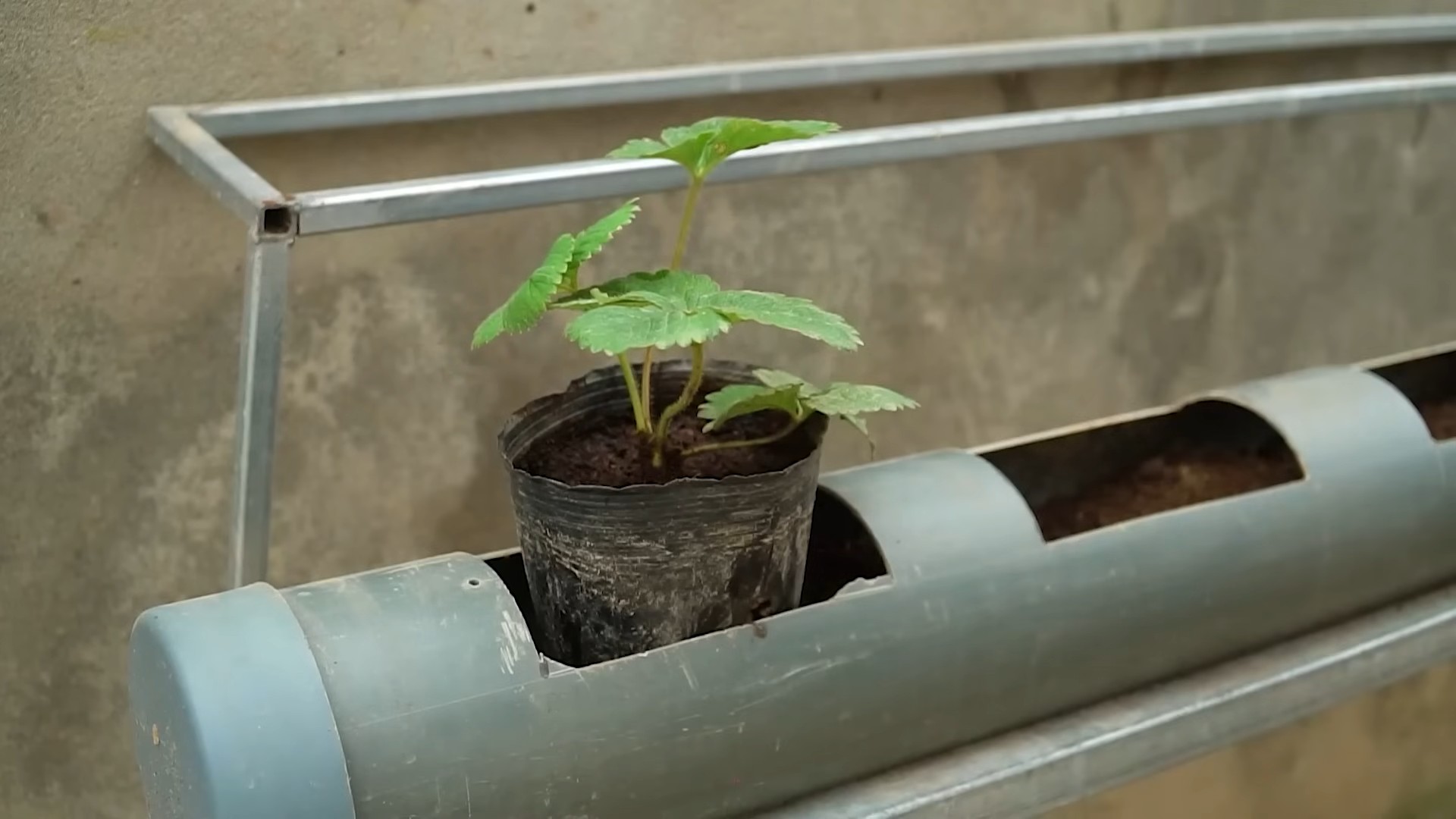
Conclusion
So, there you have it! Growing your own strawberries doesn’t have to be a daunting task. With these easy steps, you can transform your garden, balcony, or even a sunny windowsill into a thriving strawberry patch. This DIY approach isn’t just about saving money; it’s about connecting with nature, enjoying the unparalleled flavor of freshly picked berries, and experiencing the satisfaction of nurturing something from seed (or seedling) to delicious fruition.
Why is this DIY trick a must-try? Because it puts you in control. You choose the variety of strawberry that best suits your taste and climate. You control the quality of the soil and nutrients, ensuring your plants receive the best possible care. And, perhaps most importantly, you avoid the pesticides and chemicals that are often used in commercial strawberry farming. The result? Strawberries that are bursting with flavor and goodness, straight from your own garden.
But the benefits don’t stop there. Growing your own strawberries is also incredibly rewarding. Watching those tiny green shoots emerge from the soil, seeing the delicate white flowers bloom, and then finally, witnessing the transformation into plump, juicy red berries is a truly magical experience. It’s a project that the whole family can enjoy, and it’s a great way to teach children about where their food comes from.
Ready to take your strawberry growing to the next level? Consider these variations:
* **Vertical Strawberry Gardens:** If you’re short on space, vertical strawberry gardens are a fantastic option. You can use stacked planters, hanging baskets, or even repurposed pallets to create a stunning and productive display.
* **Companion Planting:** Strawberries thrive when planted alongside certain companion plants. Consider planting basil, thyme, or marigolds nearby to deter pests and improve the overall health of your strawberry plants.
* **Different Varieties:** Don’t be afraid to experiment with different varieties of strawberries. Some are better suited for certain climates, while others offer unique flavors and textures. Research different types like June-bearing, everbearing, and day-neutral strawberries to find the perfect fit for your needs.
* Hydroponic Strawberries: For the tech-savvy gardener, hydroponic strawberry growing offers a controlled environment and potentially higher yields.
We’re confident that you’ll find this DIY trick to be a game-changer in your gardening journey. It’s simple, effective, and incredibly rewarding. So, grab your gardening gloves, gather your supplies, and get ready to enjoy the taste of homegrown strawberries.
We encourage you to try these easy steps to grow strawberries and share your experience with us! Post photos of your strawberry patch on social media and tag us. We can’t wait to see your success! Let us know what challenges you faced and what tips you discovered along the way. Your insights could help other aspiring strawberry growers achieve their gardening dreams. Happy growing!
Frequently Asked Questions (FAQ)
Q: What is the best time of year to plant strawberries?
A: The best time to plant strawberries depends on your climate and the type of strawberry you’re planting. In general, early spring or late fall are ideal times. For June-bearing strawberries, planting in early spring allows them to establish themselves before the heat of summer. Everbearing and day-neutral strawberries can be planted in either spring or fall. If you live in a region with mild winters, fall planting is often preferred, as it gives the plants a head start in the spring. Always check the specific recommendations for the variety you’ve chosen, as some may have slightly different planting requirements.
Q: What kind of soil do strawberries need?
A: Strawberries thrive in well-drained, slightly acidic soil with a pH between 5.5 and 6.5. The soil should be rich in organic matter, such as compost or well-rotted manure. Before planting, amend the soil with these materials to improve its fertility and drainage. Avoid heavy clay soils, as they can become waterlogged and lead to root rot. If you have clay soil, consider planting your strawberries in raised beds or containers. A soil test can help you determine the pH and nutrient levels of your soil, allowing you to make any necessary adjustments before planting.
Q: How much sunlight do strawberries need?
A: Strawberries need at least six to eight hours of direct sunlight per day to produce a good crop of berries. Choose a planting location that receives plenty of sunlight throughout the day. If you live in a hot climate, some afternoon shade may be beneficial to prevent the plants from overheating. Insufficient sunlight can result in smaller berries and reduced yields.
Q: How often should I water my strawberry plants?
A: Strawberries need consistent moisture, especially during the growing season. Water deeply and regularly, keeping the soil consistently moist but not waterlogged. The frequency of watering will depend on the weather conditions and the type of soil. In hot, dry weather, you may need to water daily. In cooler, wetter weather, you may only need to water every few days. Check the soil moisture regularly by sticking your finger into the soil. If the top inch of soil feels dry, it’s time to water. Drip irrigation or soaker hoses are excellent ways to water strawberries, as they deliver water directly to the roots and minimize water loss through evaporation.
Q: How do I fertilize my strawberry plants?
A: Strawberries benefit from regular fertilization, especially during the growing season. Use a balanced fertilizer that is specifically formulated for strawberries or other berry plants. Apply the fertilizer according to the package directions, typically in early spring and again after the first harvest. Avoid over-fertilizing, as this can lead to excessive foliage growth and reduced fruit production. Organic fertilizers, such as compost tea or fish emulsion, are also excellent options for feeding your strawberry plants.
Q: How do I protect my strawberries from pests and diseases?
A: Strawberries are susceptible to a variety of pests and diseases, including slugs, snails, aphids, spider mites, and fungal diseases. To protect your plants, practice good garden hygiene by removing any dead or diseased leaves. Use organic pest control methods, such as diatomaceous earth or insecticidal soap, to control pests. Ensure good air circulation around the plants to prevent fungal diseases. Consider using row covers to protect your strawberries from birds and other animals. Regularly inspect your plants for signs of pests or diseases and take action promptly to prevent them from spreading.
Q: How do I harvest strawberries?
A: Strawberries are ready to harvest when they are fully red and easily detach from the plant. Gently grasp the berry and twist it off the stem. Avoid pulling or tugging on the berry, as this can damage the plant. Harvest strawberries in the morning, after the dew has dried. Store harvested strawberries in the refrigerator and use them as soon as possible for the best flavor and texture.
Q: How do I overwinter my strawberry plants?
A: In colder climates, strawberry plants need protection during the winter months. After the first frost, mulch the plants with a thick layer of straw or pine needles to insulate the roots and protect them from freezing temperatures. In very cold regions, you may also need to cover the plants with a row cover or blanket. Remove the mulch in the spring, after the danger of frost has passed.
Q: Can I grow strawberries in containers?
A: Yes, strawberries grow very well in containers. Choose a container that is at least 12 inches in diameter and has good drainage. Use a high-quality potting mix that is specifically formulated for containers. Water and fertilize container-grown strawberries more frequently than those grown in the ground, as the soil in containers tends to dry out more quickly. Container-grown strawberries can be easily moved to a sheltered location during the winter months.

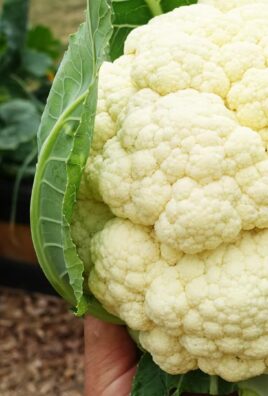
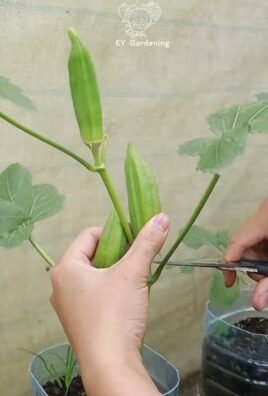
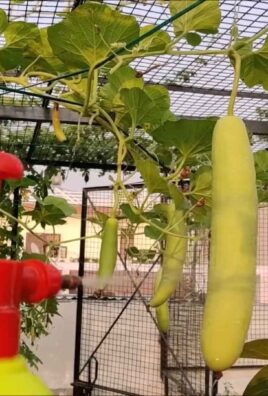
Leave a Comment